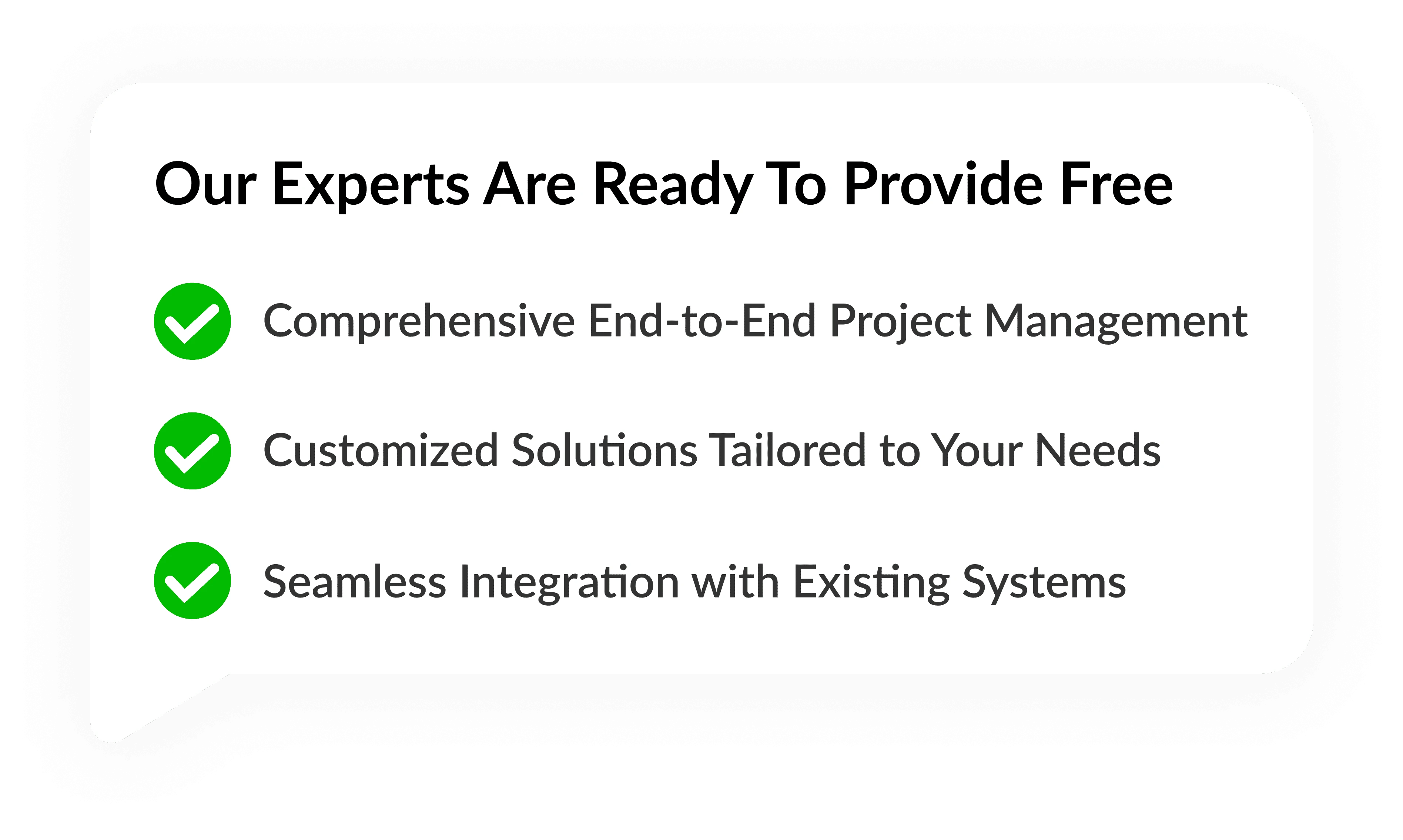How Much Does It Cost to Develop a Telecom App Like My WE?

JAN, 29, 2024 12:30 PM
How Much Does It Cost to Develop a Telecom App Like My WE?
In the fast-paced digital era, telecommunication apps have become an integral part of our daily lives, connecting people seamlessly across the globe. MyWE, a prominent telecom app, has set a benchmark for delivering a comprehensive suite of communication services.
If you're contemplating developing a telecom app like MyWE, it's essential to understand the intricacies involved in terms of features, technology, and the associated costs. In this blog post, we'll embark on a detailed exploration of the various factors that contribute to the overall cost of developing a telecom app and provide insights into creating a successful and competitive product.
Understanding the Features
Before diving into the costs, it's crucial to define the features that your telecom app will offer. My WE encompasses a range of functionalities that cater to diverse communication needs. Some key features include:
Voice and video calls:
High-quality voice and video calling capabilities are fundamental to any telecom app. Ensure a seamless experience, even in varying network conditions.
Messaging Services:
Instant messaging, multimedia file sharing, and group chats form the backbone of communication apps. Implement features like read receipts and real-time message delivery.
VoIP Services:
Voice over Internet Protocol (VoIP) services enable users to make voice calls using the internet. Integrating this feature can offer cost-effective calling options.
Contact Management:
A robust contact management system allows users to organise and synchronise their contacts effortlessly.
Multi-Platform Compatibility:
Develop the app for various platforms, including iOS, Android, and potentially the web, to broaden your user base.
User authentication and security:
Implement secure authentication mechanisms to protect user data and ensure that communication within the app is encrypted.
Push Notifications:
Keep users engaged with timely push notifications for calls, messages, and updates.
International Roaming and Calling:
If targeting a global audience, incorporate features that facilitate international roaming and calling with transparent and competitive pricing.
Integration with Wearable Devices:
Explore the possibility of integrating your app with popular wearable devices to offer a seamless experience across different devices.
In-App Purchases and Subscriptions:
If following a freemium model, implement in-app purchases or subscription plans to unlock premium features.
Each of these features contributes to the complexity of your telecom app and influences the overall development cost. The more extensive and sophisticated your feature set, the more resources will be required.
Development Costs

Development Team:
Project Manager: oversees the entire development process, coordinates tasks, and ensures the project stays on track.
UI/UX Designers:Craft visually appealing and user-friendly interfaces to enhance the overall user experience.
Mobile App Developers:Develop the app for iOS and Android platforms, ensuring optimal performance and responsiveness.
Backend Developers:Build the server-side logic, databases, and APIs that power the app's functionalities.
QA Engineers:Conduct rigorous testing to identify and fix bugs, ensuring a smooth user experience.
Technology Stack:
Frontend Development:Choose frameworks like React Native or Flutter for cross-platform development, or opt for native development using Swift (for iOS) and Kotlin/Java (for Android).
Backend Development:Select a backend technology such as Node.js, Django, or Ruby on Rails and a suitable database (e.g., MongoDB, MySQL, or PostgreSQL).
Real-time Communication:Implement real-time communication features using WebSockets or similar technologies for seamless voice and video calling.
Third-Party Services:
Integrate third-party services for features like push notifications, VoIP calling, and cloud storage. Consider the associated costs and API usage fees.
Security Measures:
Prioritise security by implementing end-to-end encryption for messages and calls, secure authentication mechanisms, and regular security audits.
Scalability:
Design the app to scale as the user base grows. Consider cloud services like AWS or Azure for scalable hosting solutions.
Cross-Platform Development:
If developing for multiple platforms, factor in the additional effort and cost associated with cross-platform compatibility.
Testing and Quality Assurance:
Allocate resources for thorough testing, including functional testing, performance testing, and compatibility testing across various devices and network conditions.
Legal and Compliance:
Ensure compliance with data protection regulations, obtain necessary licences, and allocate funds for legal consultation.
Continuous Updates and Maintenance:
Plan for ongoing updates to introduce new features, fix bugs, and stay compatible with evolving operating systems and devices.
User Support and Documentation:
Allocate resources for customer support services and create comprehensive documentation to assist users.
While providing an exact figure is challenging without specific project details, the development costs for a telecom app like MyWE can range from several tens of thousands to several hundred thousand dollars, depending on the complexity and scale of the project.
Ongoing Operational Costs
Hosting Fees:
Depending on the number of users and data storage requirements, hosting fees can be a significant ongoing expense.
Data Storage Costs:
If your app involves storing large amounts of user data, anticipate costs associated with data storage and database maintenance.
Bandwidth Costs:
As users engage with your app, data is transferred. Consider the costs associated with data transfer and bandwidth usage.
Third-Party Service Fees:
Ongoing fees for third-party services, such as push notification services, VoIP calling services, and cloud storage, contribute to operational costs.
Security and Compliance:
Regular security audits, compliance checks, and updates to address new threats are ongoing operational costs.
Customer Support:
The provision of customer support services to address user queries, troubleshoot issues, and gather feedback is crucial for maintaining a positive user experience.
Marketing and Promotion:
Allocate funds for marketing and promotional activities to attract new users, retain existing ones, and stay competitive in the market.
Continuous Development:
Allocate a budget for continuous development to introduce new features, improve existing ones, and stay ahead of the competition.
ROI Considerations
While the costs associated with developing and operating a telecom app are substantial, the potential return on investment (ROI) can be significant. Consider various strategies to generate revenue and enhance the financial viability of your app:
Subscription Models:
Implement subscription-based models, offering users different tiers with varying features and pricing plans.
In-App Purchases:
Offer in-app purchases for premium features or virtual goods within the app.
Ad Revenue:
If offering a free version of the app, consider integrating advertisements to generate revenue.
Partnerships and collaborations:
Explore partnerships with telecom operators, device manufacturers, or other service providers to expand your app's reach and potentially secure revenue-sharing agreements.
International Roaming and Calling Plans:
Introduce competitive international roaming and calling plans to attract a global user base.
White Label Solutions:
Consider offering white-label solutions for businesses or telecom operators looking to customise and rebrand their apps.
Enterprise Solutions:
Develop enterprise versions of your app with advanced features and support services, catering to businesses and organisations.
Affiliate Marketing:
Explore affiliate marketing programmes with other businesses or apps to earn commissions on user referrals.
Marketing and user acquisition
Even with a stellar telecom app, effective marketing is crucial for acquiring and retaining users. Consider the following strategies:
Brand Positioning:
Clearly define your app's unique selling propositions and communicate them effectively to establish a strong brand presence.
Digital Marketing:
Utilise digital marketing channels, including social media, search engine optimisation (SEO), and online advertising, to reach your target audience.
Content Marketing:
Create engaging content, including blog posts, videos, and infographics, to showcase the value of your app and attract organic traffic.
App Store Optimisation (ASO):
Optimise your app store listings with relevant keywords, compelling visuals, and a clear description to improve visibility in app stores.
Influencer Marketing:
Collaborate with influencers in the tech and telecommunications space to reach a wider audience and gain credibility.
User Referral Programmes:
Implement user referral programmes that incentivize existing users to refer friends and family, expanding your user base.
Promotional Campaigns:
Run promotional campaigns, discounts, or limited-time offers to encourage app downloads and usage.
Community Engagement:
Build a community around your app through forums, social media groups, and other platforms. Engage with users, address their feedback, and foster a sense of belonging.
Evolving Features and Adaptability
To stay ahead of the competition and cater to evolving user needs, it's crucial to continuously enhance and adapt your telecom app.
User Feedback and Iterative Development:
Actively seek user feedback through in-app surveys, reviews, and social media. Use this feedback to prioritise feature updates and improvements.
Emerging Technologies:
Stay informed about emerging technologies such as 5G, augmented reality (AR), and virtual reality (VR) that could enhance your app's capabilities.
AI and Machine Learning Integration:
Explore the integration of artificial intelligence (AI) and machine learning (ML) to provide personalised recommendations, predictive analytics, and enhanced user experiences.
Enhanced Security Features:
Continuously update and enhance security features to protect user data and stay ahead of cybersecurity threats.
Globalisation Considerations:
If targeting a global audience, consider localization efforts such as multilingual support and region-specific features.
Accessibility Features:
Implement accessibility features to ensure that your app is usable by individuals with disabilities, expanding your user base.
Cross-Platform Compatibility:
Stay abreast of updates to operating systems and devices to maintain cross-platform compatibility and ensure a seamless user experience.
Integration with Smart Devices:
Explore the integration of your app with smart devices, IoT (Internet of Things) devices, and other emerging technologies to offer a broader ecosystem of services.
How PerfectionGeeks Can Facilitate Your Telecom App Development
Building a telecom app like MyWE requires not just technical expertise but also a strategic approach to development. Here's how a reputable development partner like PerfectionGeeks can play a pivotal role in your project:
Technical Proficiency:
Leverage the expertise of PerfectionGeeks in mobile app development, UI/UX design, backend development, and real-time communication technologies to create a robust and feature-rich telecom app.
Scalability and Flexibility:
Design your app with scalability in mind, ensuring it can handle growing user bases and evolving technological landscapes. PerfectionGeeks employs flexible development methodologies to adapt to changing project requirements.
Security Assurance:
Prioritise user data security with the help of PerfectionGeeks. Their commitment to implementing industry-best security practices safeguards your app from potential threats.
Cross-Platform Development:
Ensure a broad user reach by developing your app for multiple platforms. PerfectionGeeks excels in cross-platform development, using frameworks like React Native and Flutter.
Customisation and Feature Enhancement:
Tailor your app to meet unique user needs and stay competitive in the market. PerfectionGeeks provides continuous development services, allowing you to introduce new features and improvements iteratively.
Global Market Considerations:
If your target audience is global, PerfectionGeeks can assist in implementing localization efforts, ensuring your app resonates with users from different regions.
User-Centric Design:
Craft visually appealing and user-friendly interfaces with the help of PerfectionGeeks' UI/UX design experts. A user-centric design approach enhances the overall user experience.
Compliance and Legal Support:
Navigate the complexities of data protection regulations and legal requirements with the support of PerfectionGeeks. Ensure your app complies with the necessary standards.
Continuous Support and Maintenance:
Benefit from the ongoing support and maintenance services provided by PerfectionGeeks. Regular updates, bug fixes, and performance optimisations keep your app running smoothly.
Advisory Services:
Stay informed about industry trends and emerging technologies with advisory services from PerfectionGeeks. This strategic guidance ensures your app remains competitive.
PerfectionGeeks. This strategic guidance ensures your app remains competitive.
Efficient Project Management:
Achieve on-time and within-budget project delivery with PerfectionGeeks' efficient project management. Their project managers oversee the development process, ensuring seamless coordination.
Cost-Efficient Solutions:
Maximise the value of your investment with cost-efficient solutions from PerfectionGeeks. Transparent communication and a clear understanding of your project goals contribute to successful outcomes.
By partnering with PerfectionGeeks, you gain access to a comprehensive suite of development services and strategic guidance. Their commitment to excellence, security, and adaptability positions them as a valuable ally in the journey to develop and launch a successful telecom app.
Conclusion: A Holistic Approach to Telecom App Development
Developing a telecom app like My WE is a multifaceted endeavour that demands a holistic approach. From defining features and selecting the right technology stack to navigating development costs, ongoing operational expenses, and ROI considerations, every aspect requires careful consideration. The collaboration with a seasoned development partner like PerfectionGeeks further streamlines the process, ensuring technical proficiency, scalability, and a user-centric approach.
As the telecom industry continues to evolve with technological advancements and changing user expectations, staying competitive necessitates a commitment to continuous improvement. By incorporating emerging technologies, enhancing security features, and adapting to global market trends, your telecom app can not only meet but exceed user expectations.
In conclusion, the journey to develop a telecom app is both challenging and rewarding. Through meticulous planning, strategic decision-making, and a focus on the user experience, you can embark on a path that leads not only to the successful development of your app but also to its sustained growth and prominence in the competitive telecommunications landscape.
Strategy
Design
Blockchain Solution
Development
Launching
Testing
Maintenance
Contact US!
India

Plot 378-379, Udyog Vihar Phase 4 Rd, near nokia building, Electronic City, Phase IV, Sector 19, Gurugram, Haryana 122015
Copyright © 2025 PerfectionGeeks Technologies | All Rights Reserved | Policy
Contact US!
India

Plot 378-379, Udyog Vihar Phase 4 Rd, near nokia building, Electronic City, Phase IV, Sector 19, Gurugram, Haryana 122015
Copyright © 2025 PerfectionGeeks Technologies | All Rights Reserved | Policy





